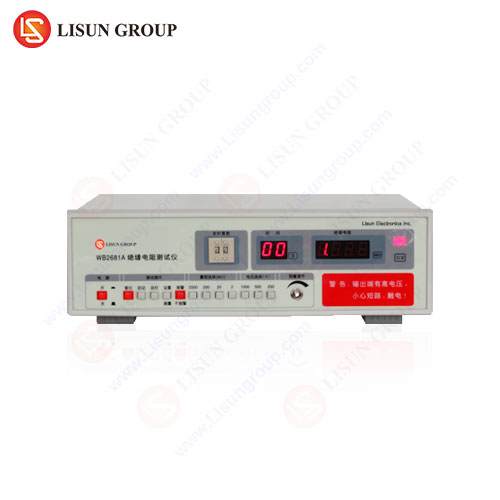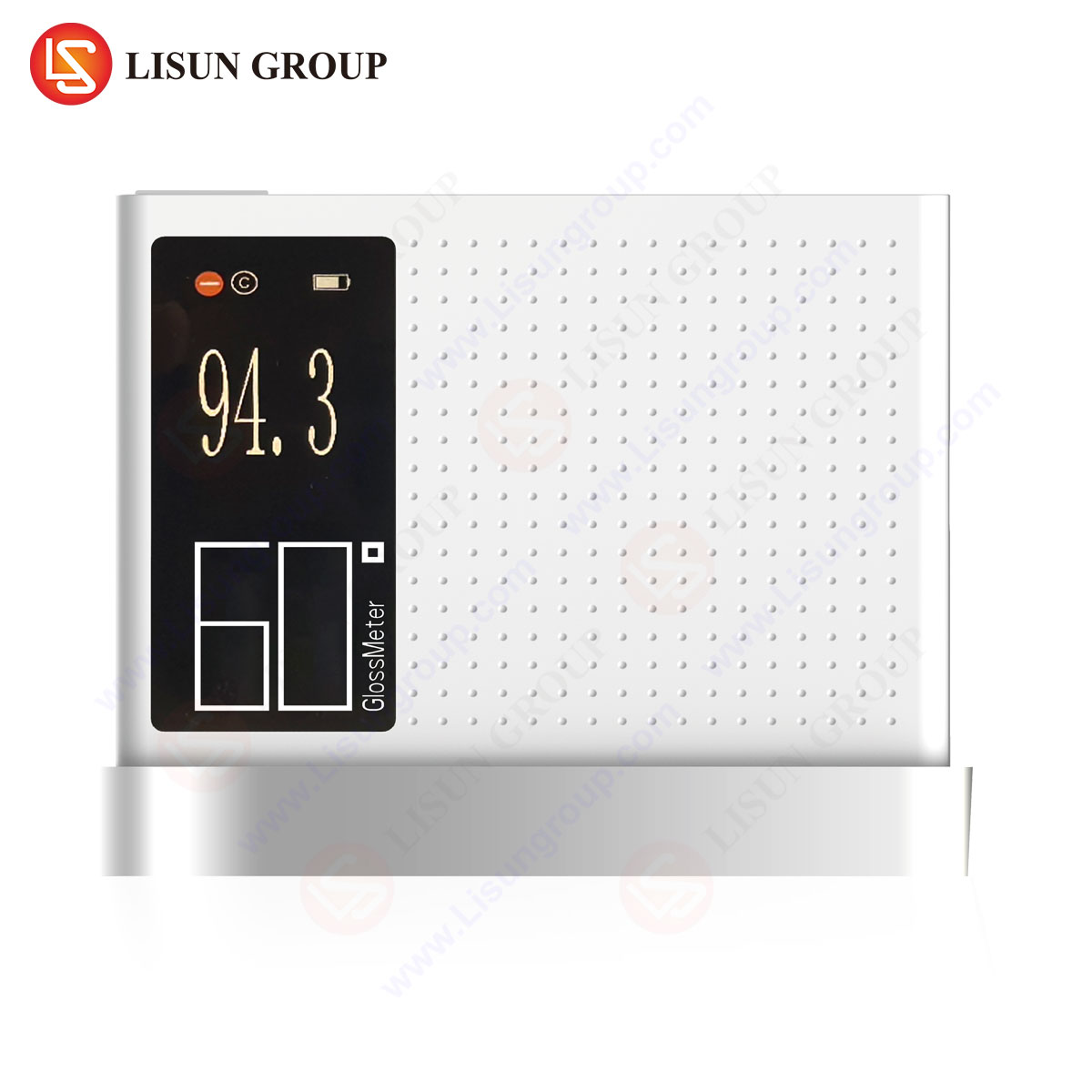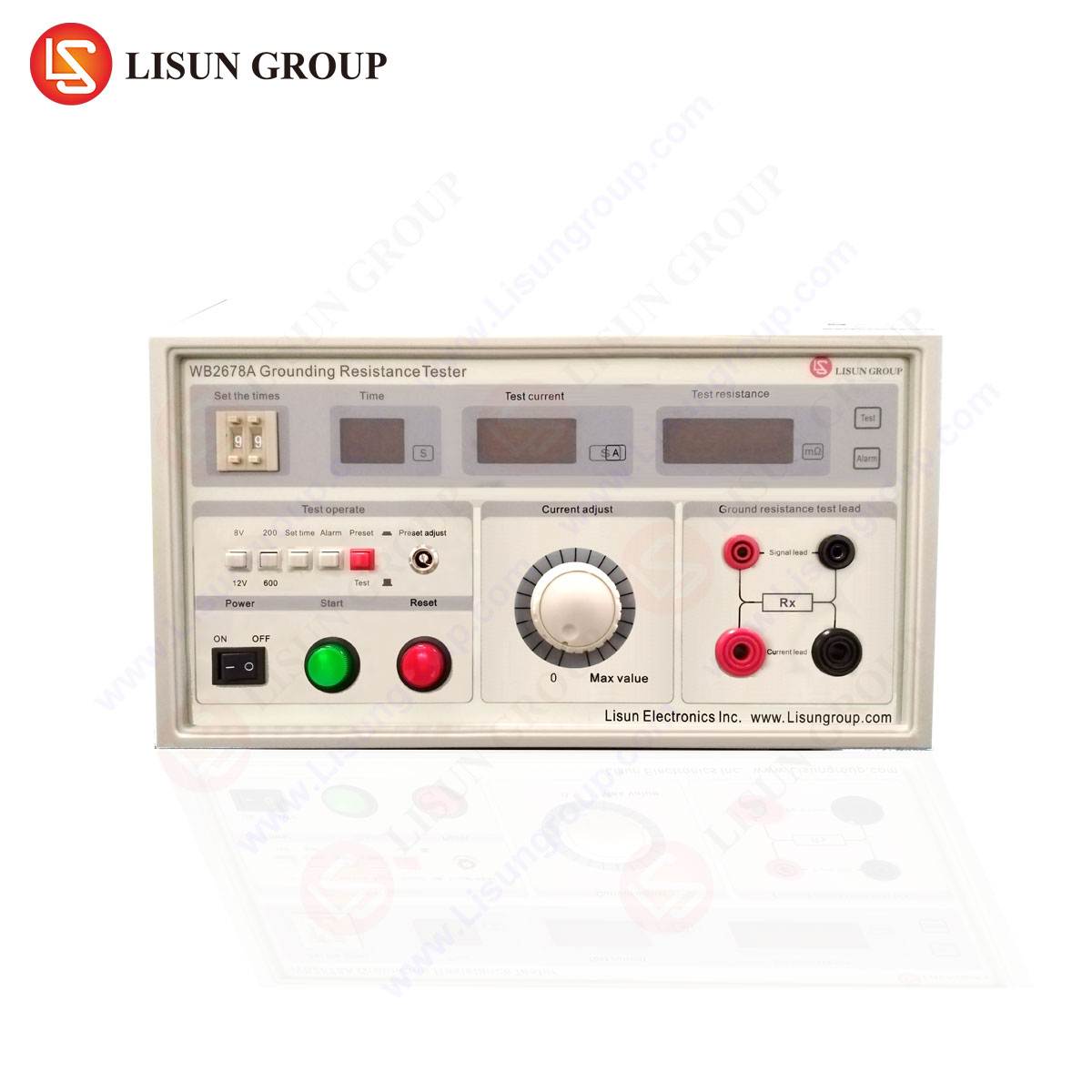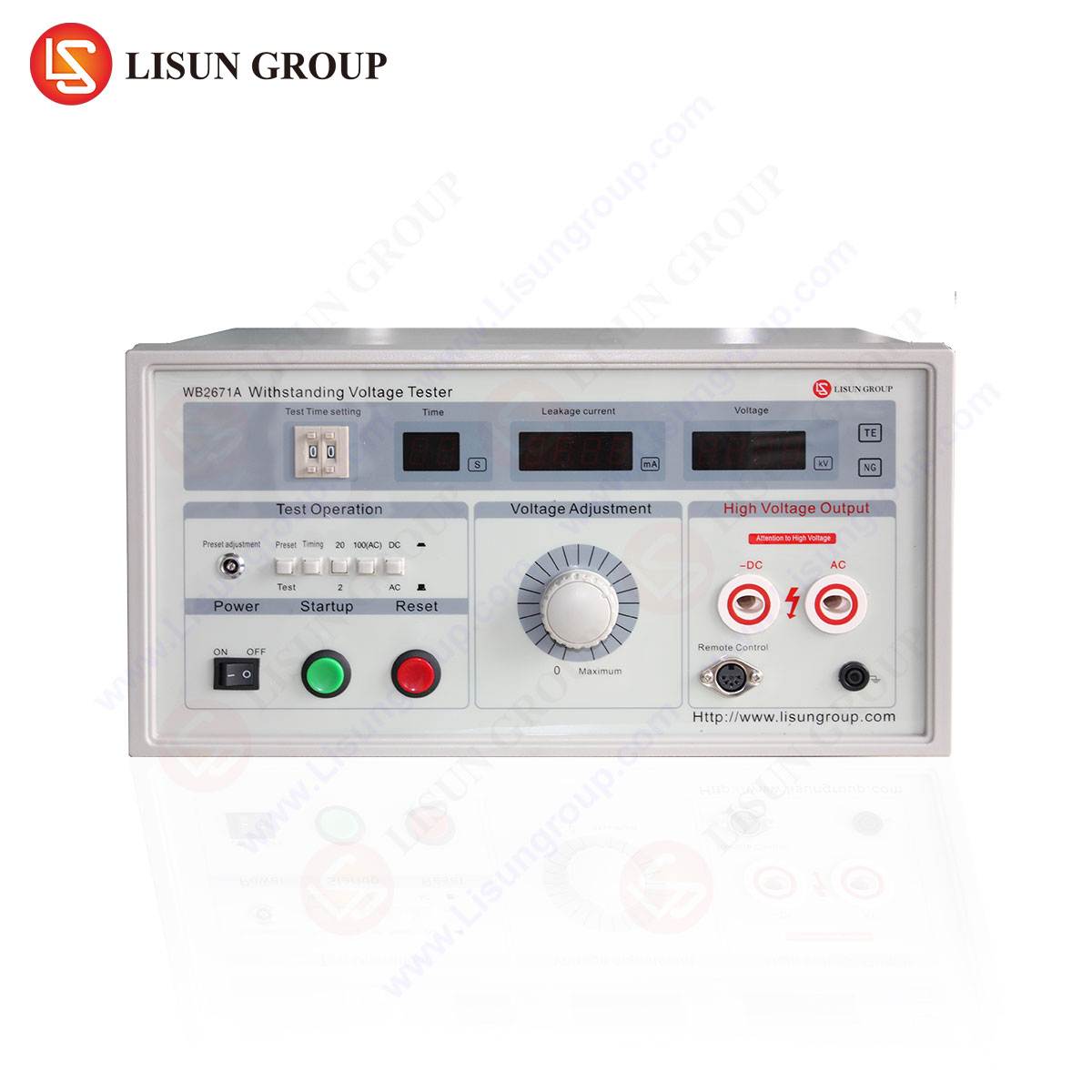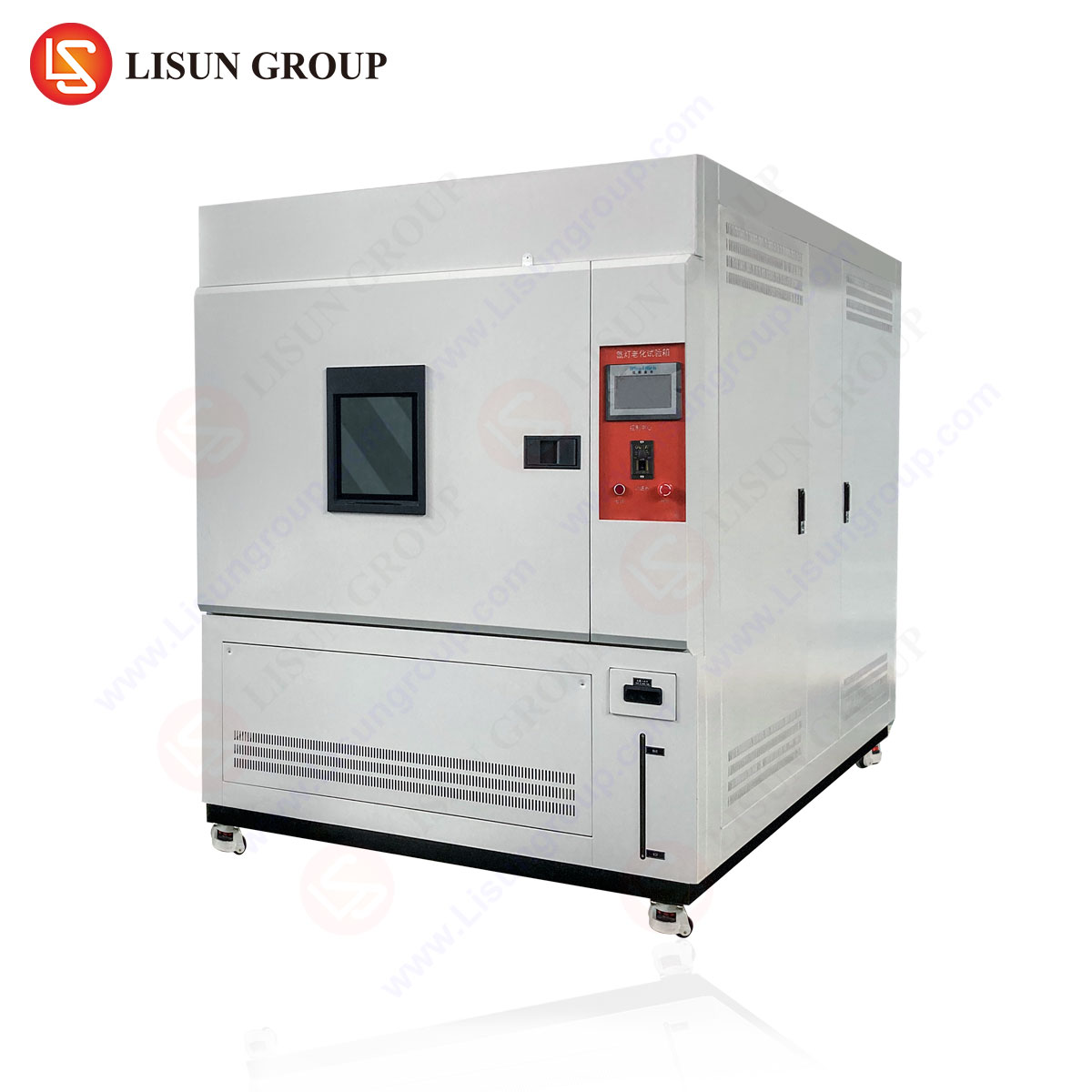Understanding Leakage Current and Its Implications in Electrical Safety
Leakage current refers to the unintended flow of electrical current through insulation or along surfaces in electrical and electronic equipment. This phenomenon arises due to capacitive coupling, insulation imperfections, or environmental factors such as humidity. Excessive leakage current poses significant risks, including electric shock, equipment malfunction, and non-compliance with international safety standards.
Industries such as medical devices, household appliances, and automotive electronics require stringent leakage current testing to ensure user safety and regulatory adherence. The WB2675D Leakage Current Tester, developed by LISUN, provides a precise and reliable solution for measuring leakage currents in compliance with IEC 60601, GB 4706.1, and other relevant standards.
Principles of Leakage Current Measurement
Leakage current measurement involves evaluating the current that escapes from the intended circuit path under normal or fault conditions. The WB2675D employs three primary testing methodologies:
- Contact Current Measurement – Assesses current flowing through a human body model when in contact with exposed conductive parts.
- Protective Conductor Current Measurement – Evaluates leakage current through grounding conductors.
- Patient Leakage Current Measurement – Critical for medical devices, ensuring no hazardous current reaches the patient.
The tester applies a nominal voltage (typically 110V or 230V) and measures leakage current using high-precision shunt resistors and isolation amplifiers. Advanced filtering eliminates noise, ensuring accurate readings even in electrically noisy environments.
Key Specifications of the WB2675D Leakage Current Tester
The WB2675D is engineered for high accuracy and versatility, with the following technical parameters:
| Parameter | Spezifikation |
|---|---|
| Messbereich | 0.001 mA – 20 mA |
| Genauigkeit | ±(3% + 5 Ziffern) |
| Prüfspannung | 0 – 250 V AC/DC |
| Frequenzbereich | 45 Hz – 1 kHz |
| Display-Auflösung | 0.001 mA |
| Einhaltung der Normen | IEC 60601, GB 4706.1, UL 60950 |
These specifications make the WB2675D suitable for diverse applications, from industrial control systems to consumer electronics.
Industry-Specific Applications of Leakage Current Testing
Medical Devices and Patient Safety
Medical equipment must comply with IEC 60601, which mandates strict leakage current limits. The WB2675D ensures defibrillator-proof insulation and measures patient auxiliary currents, safeguarding sensitive medical environments.
Haushaltsgeräte und Unterhaltungselektronik
Products such as refrigerators, washing machines, and power adapters undergo leakage current testing to prevent electric shock hazards. The WB2675D’s fast sampling rate detects transient leakage spikes, ensuring compliance with GB 4706.1.
Automotive Electronics and EV Components
Electric vehicles (EVs) and charging stations require leakage current verification to prevent insulation failures. The WB2675D’s wide frequency range accommodates high-frequency switching components in modern automotive systems.
Lighting Fixtures and LED Drivers
LED drivers and high-voltage lighting systems exhibit capacitive leakage. The tester’s high-resolution measurement capability identifies even minor leakage currents that could degrade performance over time.
Telecommunications and Data Center Equipment
Network switches and servers must meet IEC 60950 standards. The WB2675D verifies touch current limits, preventing data corruption and ensuring operator safety.
Competitive Advantages of the WB2675D Leakage Current Tester
- High Precision and Stability – Advanced signal processing minimizes drift, ensuring repeatable measurements.
- Multi-Standard-Konformität – Supports IEC, GB, UL, and other regional standards, reducing the need for multiple testers.
- User-Configurable Test Parameters – Adjustable voltage, frequency, and measurement modes cater to specialized testing requirements.
- Robust Data Logging and Reporting – Integrated memory stores test results for traceability and quality audits.
Testing Procedures and Best Practices
- Pre-Test Calibration – Verify instrument accuracy using a certified leakage current simulator.
- Environmental Considerations – Ensure stable temperature and humidity to prevent measurement deviations.
- Test Setup – Connect the device under test (DUT) to the WB2675D via appropriate probes, ensuring proper grounding.
- Execution and Analysis – Apply rated voltage, record leakage current, and compare against permissible limits.
FAQ: Common Questions on Leakage Current Testing
Q1: What is the permissible leakage current for medical devices under IEC 60601?
A: Normal condition limits are 0.1 mA for earth leakage and 0.01 mA for patient leakage. Single-fault conditions allow up to 0.5 mA.
Q2: How does the WB2675D handle high-frequency leakage currents in switch-mode power supplies?
A: Its 1 kHz bandwidth accurately captures high-frequency components, ensuring reliable measurements in modern power electronics.
Q3: Can the WB2675D test three-phase industrial equipment?
A: Yes, with external adapters, it can evaluate leakage currents in three-phase motors and control systems.
Q4: What maintenance is required for long-term accuracy?
A: Annual recalibration and periodic verification using a reference standard are recommended.
Q5: How does the WB2675D compare to basic multimeters for leakage testing?
A: Unlike multimeters, the WB2675D isolates measurement circuits, filters noise, and complies with safety standards, providing legally valid results.
This guide underscores the critical role of leakage current testing in ensuring electrical safety across industries. The WB2675D Leakage Current Tester delivers precision, compliance, and operational efficiency, making it an indispensable tool for quality assurance and regulatory testing.


